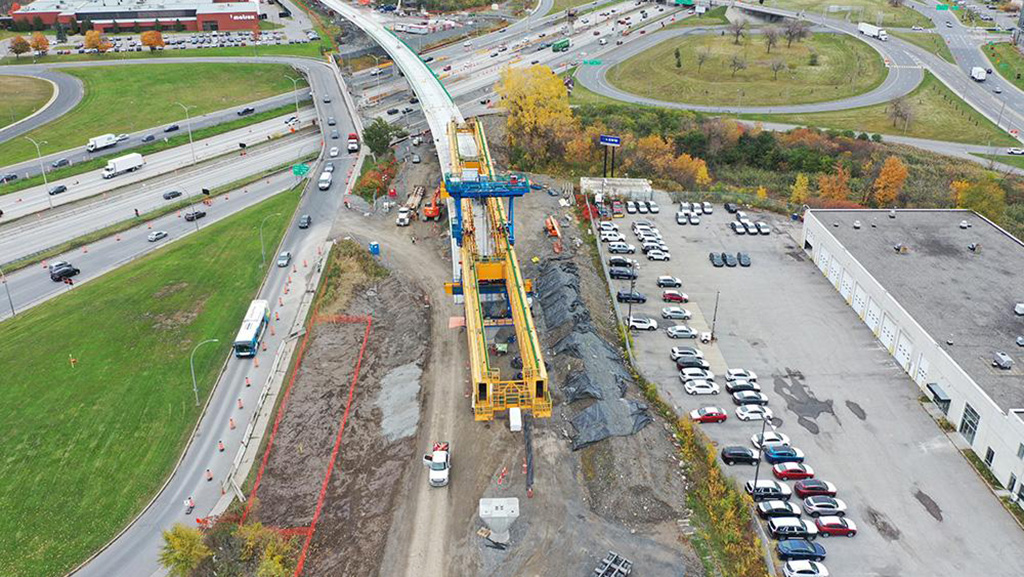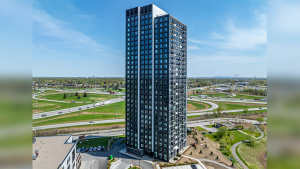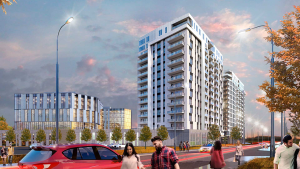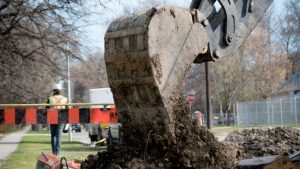At close to 1,000 kilometres it’s the world’s largest train project, and in just a few months Canadians will begin to receive answers to some of the basic questions associated with the massive federal high-frequency rail project that will serve the Toronto-Quebec City corridor.
Primary among the responses could be how fast the electric trains may travel, what corridors will be recommended and whether the proponents believe they can attain a sweet spot in terms of journey times that could make the project successful and even profitable.
The project has gone well past the proposal stage, with a new CEO appointed, upwards of 100 staff hired and the federal government allotting $371.8 million over six years, starting in 2024-25, to the new Crown corporation VIA HFR-VIA TGF Inc. to advance design and development.
VIA HFR held its inaugural annual public meeting as a webcast on July 10, hosted by chair of the board Robert Prichard and CEO Martin Imbleau, who was formerly CEO of the Montreal Port Authority.
Past vision, now a plan
“A vision is good, but a plan is way better,” said Imbleau, as webcast viewers were told the project will be Canada’s largest transportation infrastructure project since the construction of the St. Lawrence Seaway.
The new service will link Quebec City, Trois Rivieres, Laval, Montreal, Ottawa, Peterborough and Toronto.
“We are the only G7 country without a fast, reliable and frequent rail system in the face of pressing challenges like declining productivity, urban congestion and climate change. Developing such a service is no longer a luxury, but a necessity.
“This project is not only an infrastructure project, it’s an essential investment to drive economic growth, ensure environmental sustainability and promote social equity across our country.”
The government announced July 20, 2023 it had qualified three bidding teams who were invited to respond to the request for proposals for the project. The proposals are due at the end of this month and VIA HFR will announce the winning proponent in November.
VIA HFR will then begin a “co-development” phase, working with the winning proponent.
Graeme Hampshire, project director for high frequency rail, explained in an interview the co-developers will have access to all of the intellectual property developed by the three bidders, a rare advantage for the partners.
“We’ll have basically what I call three lines on paper. So three corridors linking the main points, and those lines produced by the bidders may or may not be the same, but we will have the ability to choose which portions of that corridor we think, as the authority, would be the best to then take into the co-development stage.
“We don’t throw away all of that hard work. It’s not wasted.”
The three teams are:
- Cadence — CDPQ Infra, AtkinsRealis (formerly SNC-Lavalin), Systra Canada, Keolis Canada
- Intercity Rail Developers — Intercity Development Partners, Meridiam, Kilmer Transportation, First Rail Holdings, Jacobs, Hatch, CIMA+, RATP Dev Canada, First Group, Renfe Operadora
- Partenaires Ferroviaires QCONNEXION Rail Partners — Fengate, John Laing, Bechtel, WSP, Deutsche Bahn.
Journey time a key measure
Imbleau said the project scope has evolved significantly during the past year, with the level of ambition ratcheted up.
The CEO said the new focus on speed reflects both kilometres per hour and total travel time.
“It’s about making the entire trip from point A to point B as quickly as possible,” he said. “This includes having a limited number of stops, having dedicated tracks and the right configuration to avoid slowdowns, especially when entering and exiting cities.”
Hampshire said the new focus didn’t mean getting “hung up on a on a top speed. We wanted just to have the flexibility to develop speed that they thought was appropriate to drive revenue and keep costs down.
“Obviously, the straighter you go, the more expensive it is. You’ve got more muck shifting.”
He explained that means more earthworks. Going in a straight line, rather than diverting around properties, also requires more environmental protection measures.
“We’ve given them the freedom of flexibility to go anywhere they like, as fast as they like, as long as it’s still a railway,” said Hampshire.
Aside from some tracks in the large cities, it is expected all of the rails will be newly laid. The new train can’t be caught up behind the slow, mile-long trains of CN and CPR running on existing rails, said Hampshire, an engineer with 40 years in the rail development business, including recently a high-speed project in the Netherlands.
“That just ruins your reliability. And one of our project outcomes is we want to improve reliability.”
HFR is looking at hydro, highway and greenfield corridors to lay track.
There has been no timetable established for commissioning of the trains, nor a budget, given that there is still so much be determined, Imbleau and Hampshire said. Hampshire said the best guess he could offer was that passengers would be riding HSR sometime in the 2030s.
“Can passenger railways be profitable? Yes, they can,” said Hampshire, citing examples. “We’ve got a project objective that the revenues must cover the operating costs, and preferably the long-run renewals costs.”
Follow the author on X/Twitter @DonWall_DCN.











Recent Comments